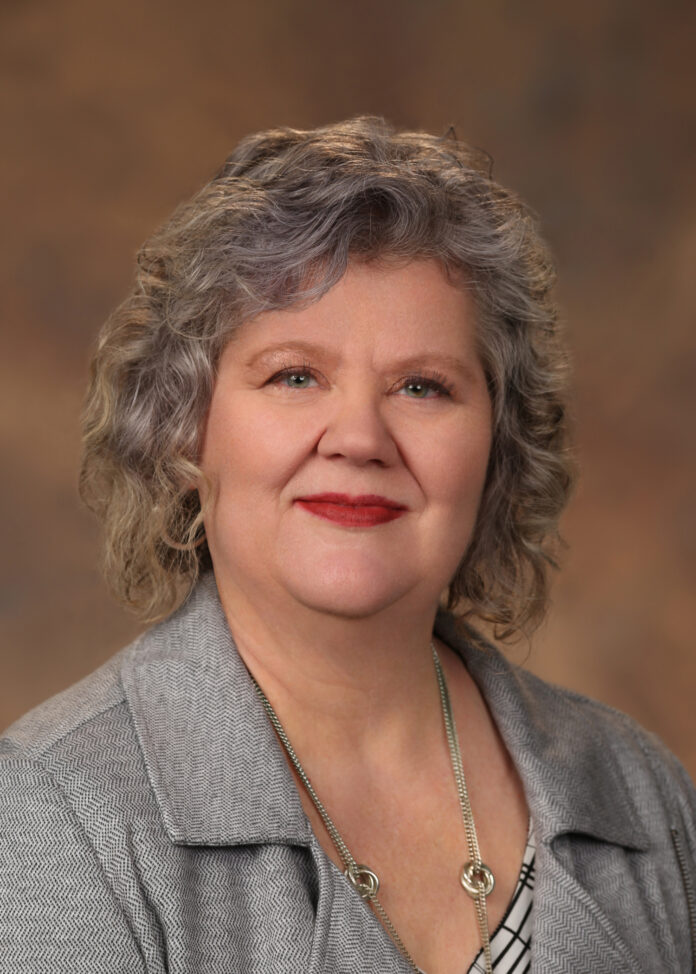
Last March, my dad was widowed for the second time. The first time he lost his wife, my mom, it was to cancer; the second time, my stepmom, it was dementia.
Losing my mom was awful. She was far too young, she had terrible pain related to the cancer. But there were some good things about how she passed. Until the very end, she knew who we were, she was able to say goodbye and give us her “marching orders” (her words for her expectations of us when my brothers and I were kids) as we continued without her.
She was at peace even though she was dying because she was alert and able to maintain her faith. The cancer was so aggressive, it was less than a year between when she was diagnosed and when we lost her, so her suffering was brief.
Losing my stepmom was so different, first she suffered for years. Dementia is not generally a quick process. She still had awful pain, but hers was related to injuries. She would wake up in the middle of the night and not know where she was, get out of bed and fall. She broke her hip, wrist, and ankle during the last decade of her life related to falls and had fall related back injuries more than once.
With my stepmom, it wasn’t just the pain that added to her suffering. At the end, she had such profound anxiety, because she didn’t know what was going on or where she was, often she didn’t recognize my dad or her kids. Terror is probably a better word than anxiety for how she reacted to the not knowing.
The only thing anyone could do for her was to up her medications, at times to the point where she was barely conscious. I can honestly say, after that experience, I would not wish dementia on anyone. Dementia in any of its many forms is a terrible thing to live with for patients and families. Having said that, there is some really good news is with dementia and dementia-related disorders. We are getting very close to a cure, because researchers are getting a good, solid understanding of how these diseases work down at the cellular and even molecular level in the brain.
One of those areas of solid understanding was recently discovered by researchers at the University of California, San Francisco. While it is not a cure, it is a big dose of prevention, which is in many ways even better.
The prevention that the researchers found from dementia and dementia-related disorders is exercise. People who stay active as they age build up a class of proteins in their brains that protect the conduction between and within neurons (brain and nerve cells).
They found on autopsy that even in people who had high levels of amyloid and tau, the two proteins that are the hallmarks of Alzheimer’s, those conduction protecting proteins kept the amyloid and tau proteins from causing the connections between and within the neurons from failing as they do in people who die related to Alzheimer’s symptoms. The researchers found that physical activity exerts a “global sustaining effect” on the brain even in people at very high risk for dementia.
The researchers did not define exactly what “staying active” means. But several other organizations, the Centers for Disease Control and Prevention, the American Heart Association, and the American Cancer Association, just to name a few, have defined a minimum standard for activity to stay healthy.
Their recommendations are likely a very good place to start to protect your brain from dementia just as they work on other parts of the body. For adults, the recommendation for physical activity from those organizations is 150 minutes of moderate level aerobic and muscle strengthening activity each week.
That works out to about 30 minutes a day, five days a week. Aerobic activities include things like walking, rolling a wheelchair, biking, dancing, swimming, or water aerobics. Muscle strengthening includes things like yoga, weightlifting with handheld weights or weight machines, and using resistance bands.
The experts recommend if you cannot do that level of activity, do what you can. Move as much as you can, avoid sitting for long periods of time if you are not bed or chair bound. Even if you are bed or chair bound consider exercises you can do while sitting or lying down such as arm and leg raises and moving about in your chair or bed.
There is even exercise equipment designed for use from a chair that resemble bicycles or ellipticals that can help increase movement. Every little bit of activity makes a difference in your health. If you are new to an exercise program, please consult your primary health care provider on recommendations for the safest way for you to become more active.



